
The Royal Prussian Academy of Sciences was an academy established in Berlin, Germany on 11 July 1700, four years after the Prussian Academy of Arts, or "Arts Academy," to which "Berlin Academy" may also refer. In the 18th century, when French was the language of science and culture, it was a French-language institution.

The Göttingen Academy of Sciences is the oldest continuously existing institution among the eight scientific academies in Germany, which are united under the umbrella of the Union of German Academies of Sciences and Humanities. It has the task of promoting research under its own auspices and in collaboration with academics in and outside Germany. It has its seat in the university town of Göttingen. Its meeting room is located in the auditorium of the University of Göttingen.
Die Deutschen Inschriften des Mittelalters und der Frühen Neuzeit (DI) is one of the oldest modern endeavours to collect and redact medieval and early modern inscriptions in Europe. The project was instituted by the German linguist Friedrich Panzer (Heidelberg) in association with the historians Karl Brandi (Göttingen) and Hans Hirsch (Vienna) as an interacademic venture of epigraphical publication in 1934. Encompassed are inscriptions ranging from the Early Middle Ages to the year of 1650 localized in the areas that are today known as the Federal Republic of Germany, the Republic of Austria and South Tyrol. By now the epigraphical research centers involved have published 81 volumes. An individual volume contains usually the inscriptions of a single city or Landkreis respectively called Politischer Bezirk in Austria. The venture is supported by the German Academies of Sciences in Berlin, Düsseldorf, Göttingen, Heidelberg, Leipzig, Mainz and München as well as the Austrian Academy of Sciences in Vienna. The Reichert-Verlag is the publishing house of the scientific editions.
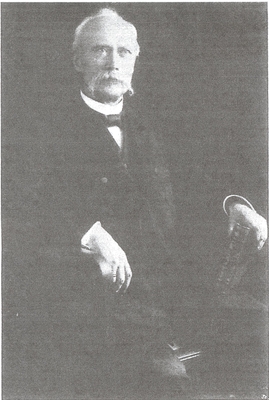
Gotthold Julius Rudolph Sohm was a German jurist and Church historian as well as a theologian. He published works concerning Roman and German law, Canon law and Church History.

The Academy of Sciences and Literature is a scientific academy in Mainz, Germany. It was established in 1949 on an initiative of Alfred Döblin. The academy's goal is to support science and literature, and in doing so to help preserve and promote culture.
Friedrich Wilhelm Karl Ritter von Hegel was a German historian and son of the philosopher Georg Wilhelm Friedrich Hegel. During his lifetime he was a well-known and well-reputed historian who received many awards and honours. He was one of the major urban historians during the second half of the 19th century.
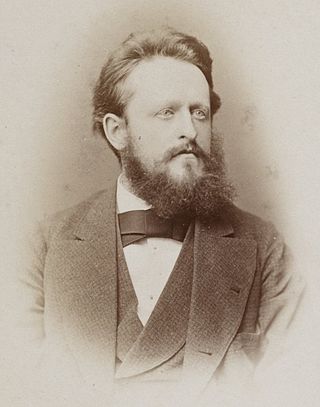
Adam Wilhelm Siegmund Günther was a German geographer, mathematician, historian of mathematics and natural scientist.
Ferdinand Sommer was a German classical and Indo-European philologist.

Karl Otto Heinrich Liebmann was a German mathematician and geometer.
Florian Steger is a German medical historian and medical ethicist.
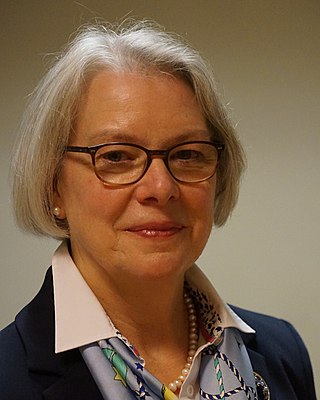
Irene Dingel is a German historian and a Protestant theologian.

Johanna Barbara Stachel is a German nuclear physicist. She is a professor in experimental physics at the University of Heidelberg. Stachel is a former president of the German Physical Society (DPG).
Stefan Mario Maul is a German Assyriologist and holder of the Gottfried Wilhelm Leibniz Prize.
Rudolf Gerber was a German musicologist. He was professor and director of the musicology department of the University of Gießen and from 1943 professor of musicology at the University of Göttingen.
Franz Schnabel was a German historian. He wrote about German history, particularly the "cultural crisis" of the 19th century in Germany as well as humanism after the end of the Third Reich. He opposed Nazism during the Second World War.
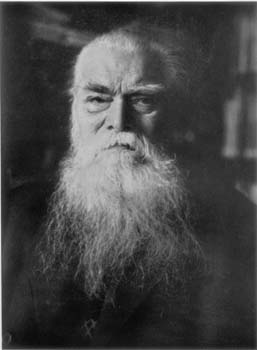
Karl Konrad Ferdinand Maria von Amira was a German jurist who served as Professor of Constitutional Law at the Ludwig Maximilian University of Munich. He was a known expert on early Germanic law.
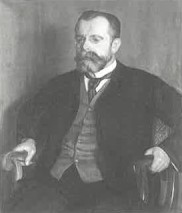
Erich Marcks was a German historian.

Christian Ludwig von Hagedorn was a German art historian and collector, as well as an amateur engraver. He also served as a diplomat. His elder brother, Friedrich, was a well known poet.
Werner Habicht was a German scholar of English literature and culture and an internationally acclaimed authority in the field of Shakespeare studies in particular. During his academic career, he held Chairs in English Studies at the Universities of Heidelberg (1966–70), Bonn (1970-78), and Würzburg (1978–95). Between 1976 and 1987 he was President of the West German branch of the German Shakespeare Society.











